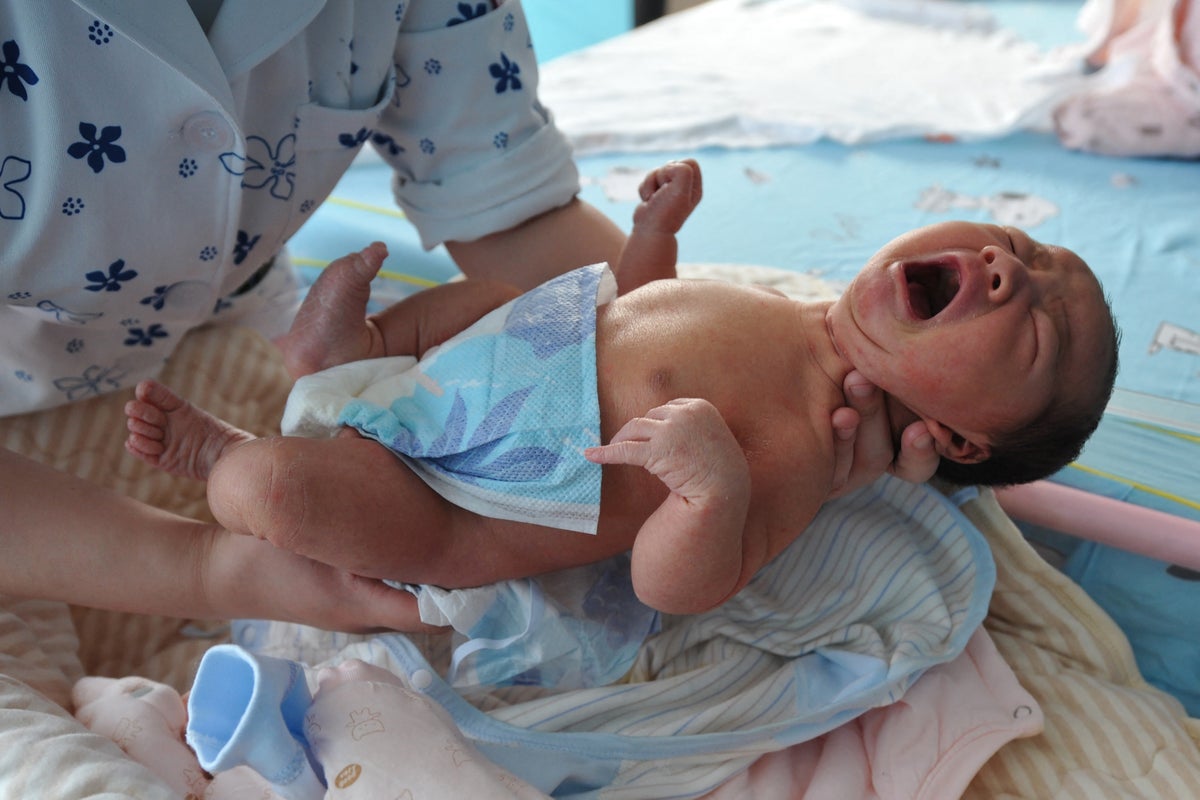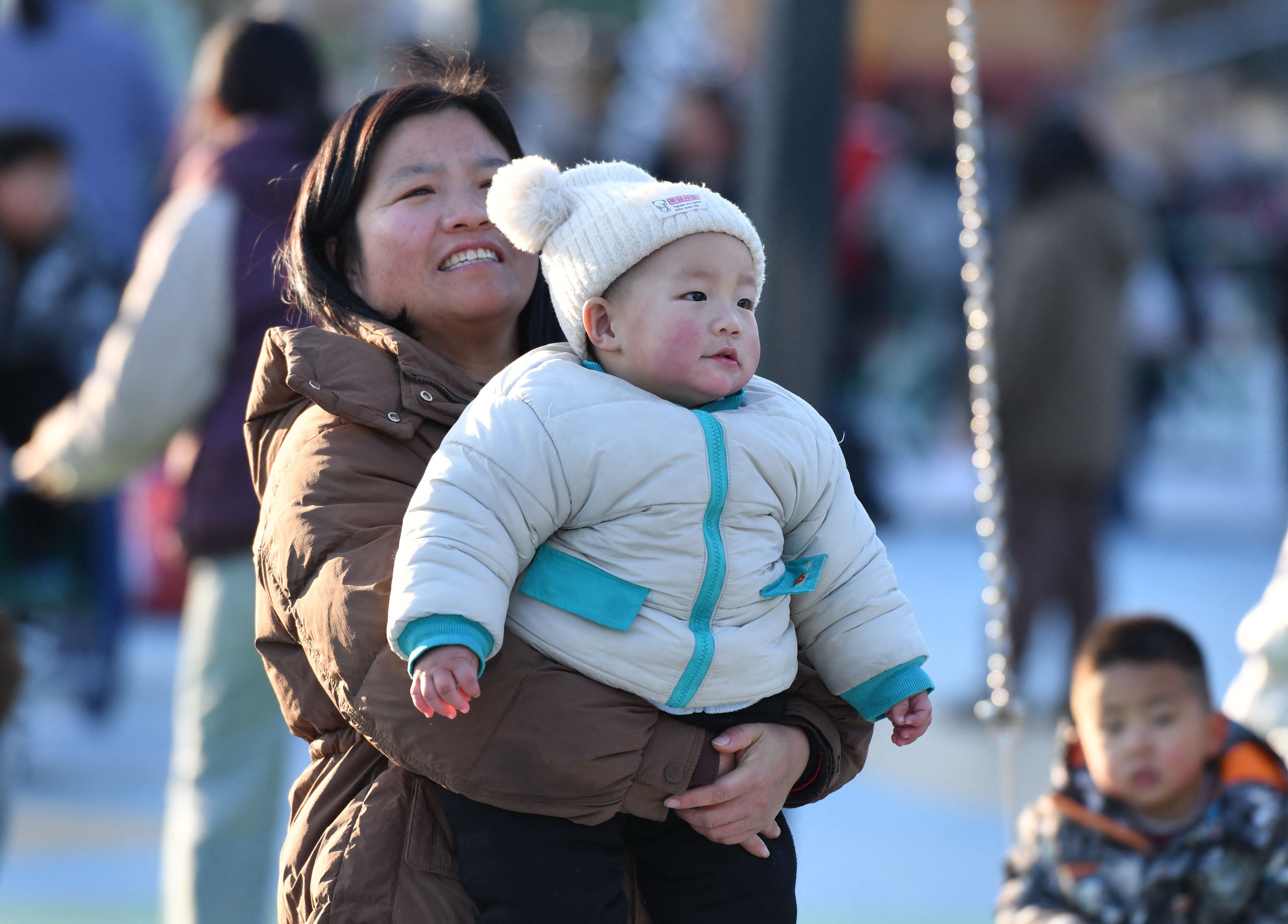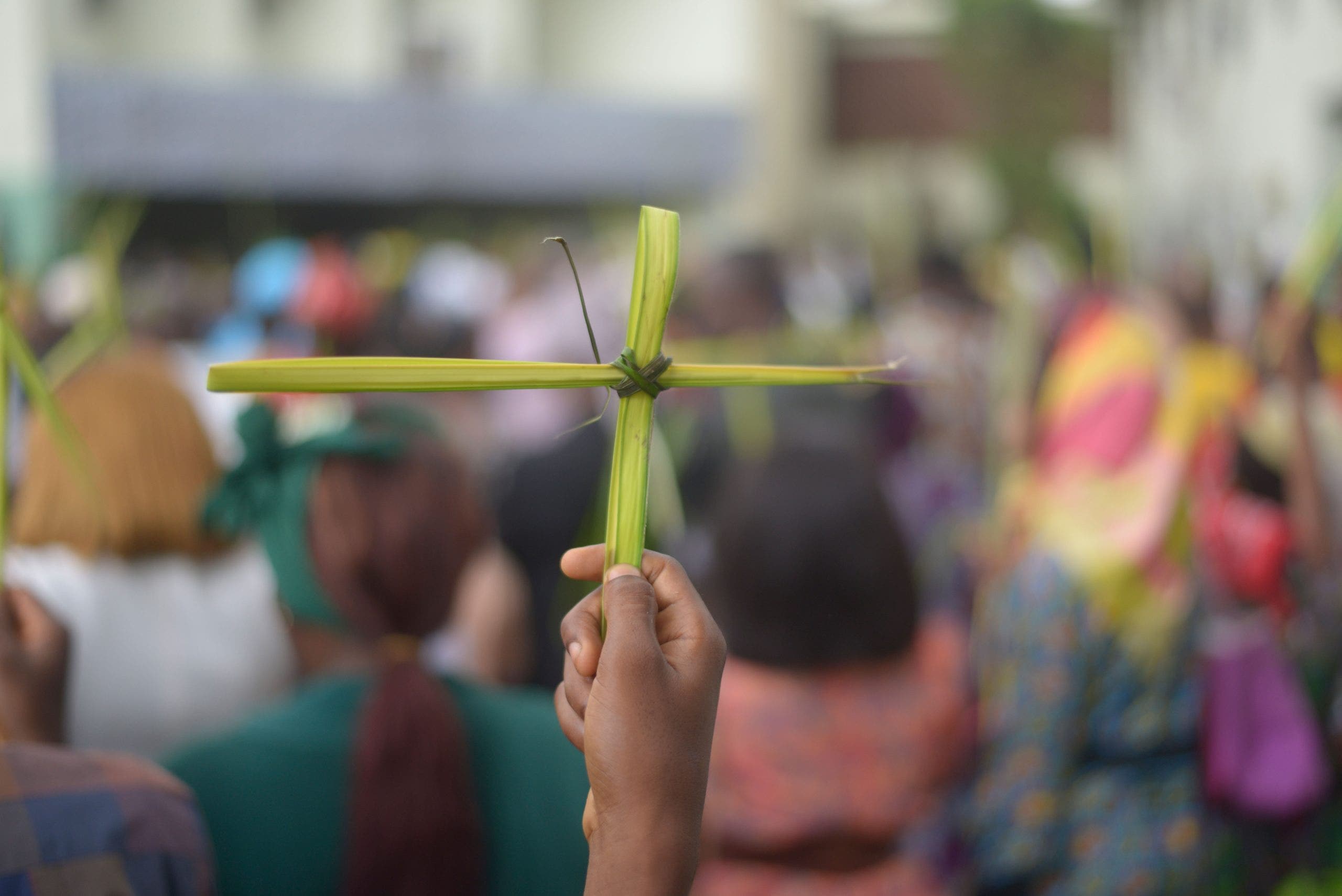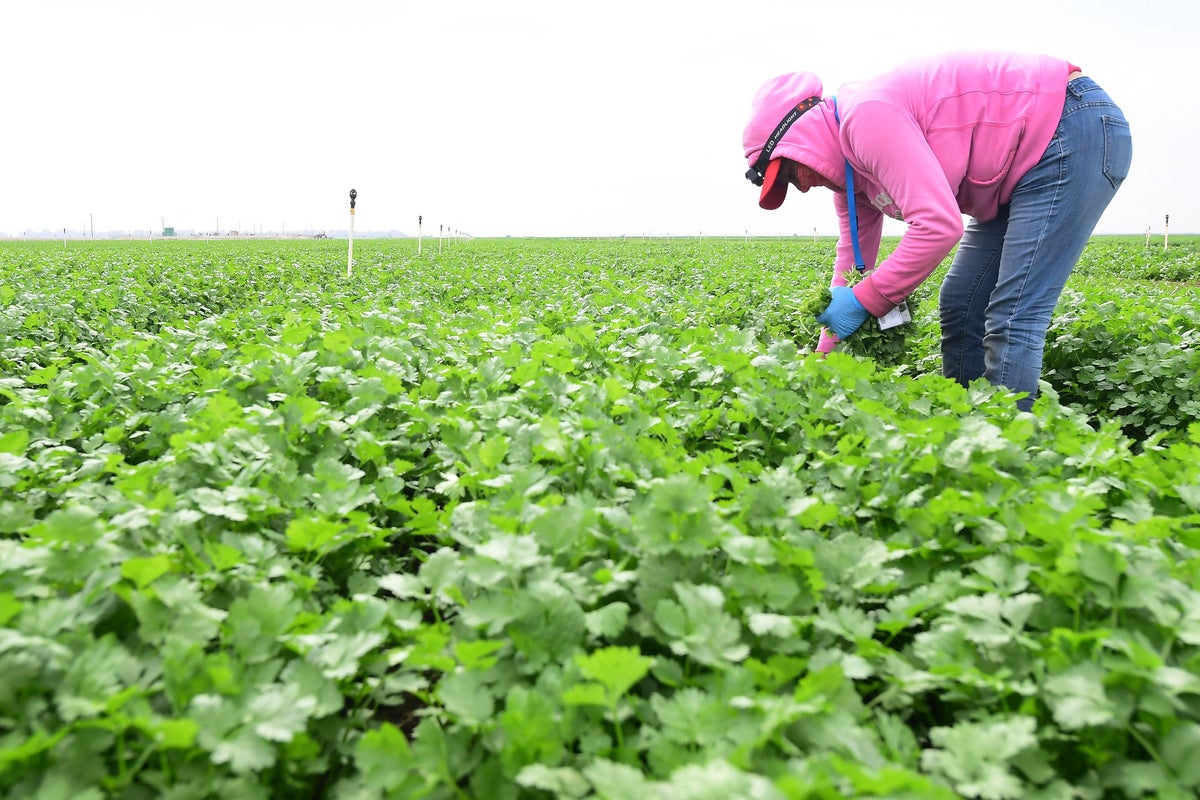China offers parents £375 per child to tackle declining birth rate

China will offer parents an annual childcare subsidy of 3,600 yuan (£376) in an effort to arrest the country’s declining birth rate.
The scheme, announced on Monday, will cover all children under three. It will apply retroactively from 1 January 2025, but families with children born between 2022 and 2024 can also apply for partial subsidies, Xinhua news agency reported.
According to the National Health Commission, the nationwide subsidy is expected to benefit nearly 20 million families. The subsidies will not be treated as taxable income or counted when determining eligibility for poverty assistance.
The National Bureau of Statistics reported earlier this year that China’s population had fallen for the third consecutive year in 2024. It had declined by 1.39 million to 1.408 billion as deaths continued to surpass births.
In 2023, the population had fallen by 2.08 million. The fall was double the previous year’s, which marked the first population drop in 60 years.
China’s birth rate has been declining for decades, driven by the “one child policy” implemented from 1980 to 2015 and rapid urbanisation. The “one child policy” has also resulted in a skewed sex ratio due to a cultural preference for male children.
Marriages have also witnessed a decline, with 6.1 million marriage registrations nationwide in 2024 compared to 7.7 million the previous year.

The subsidy scheme follows regional experiments with childcare incentives in over 20 provinces. Inner Mongolia’s capital city of Hohhot introduced a policy in March for parents to get up to 10,000 yuan (£1,045) in annual subsidy until the third child turned ten, along with daily free milk for new mothers and an electronic voucher worth 3,000 yuan (£313) for dairy products.
In cities like Shenyang or Changchun, subsidies range from 1,800 to 3,600 yuan (£188-376) per child. Some regions offer one‑off birth bonuses as well.
“Although the subsidies don’t cover all childcare costs, they help with essentials like baby formula and diapers, easing the financial burden,” a woman named Ma Ying from Guyuan in Ningxia told Xinhua.
Critics, however, say that declining fertility rates are not just an issue of finances.
The high cost of childcare and education, job uncertainty and a slowing economy are discouraging young Chinese men and women from marrying and starting families, demographers argue. They also point to gender discrimination and traditional expectations for women to manage the household as contributing factors to the declining birthrate.
“Without sustained structural investment in areas like affordable childcare, parental leave, and job protections for women, the effect on fertility is likely to remain minimal,” demographer Emma Zang, a professor at Yale University, told Reuters.
To promote a more “fertility friendly society”, the southwestern province of Sichuan has proposed extending marriage leave from five to 25 days and increasing maternity leave from 60 days to 150 days.
[title_words_as_hashtags




